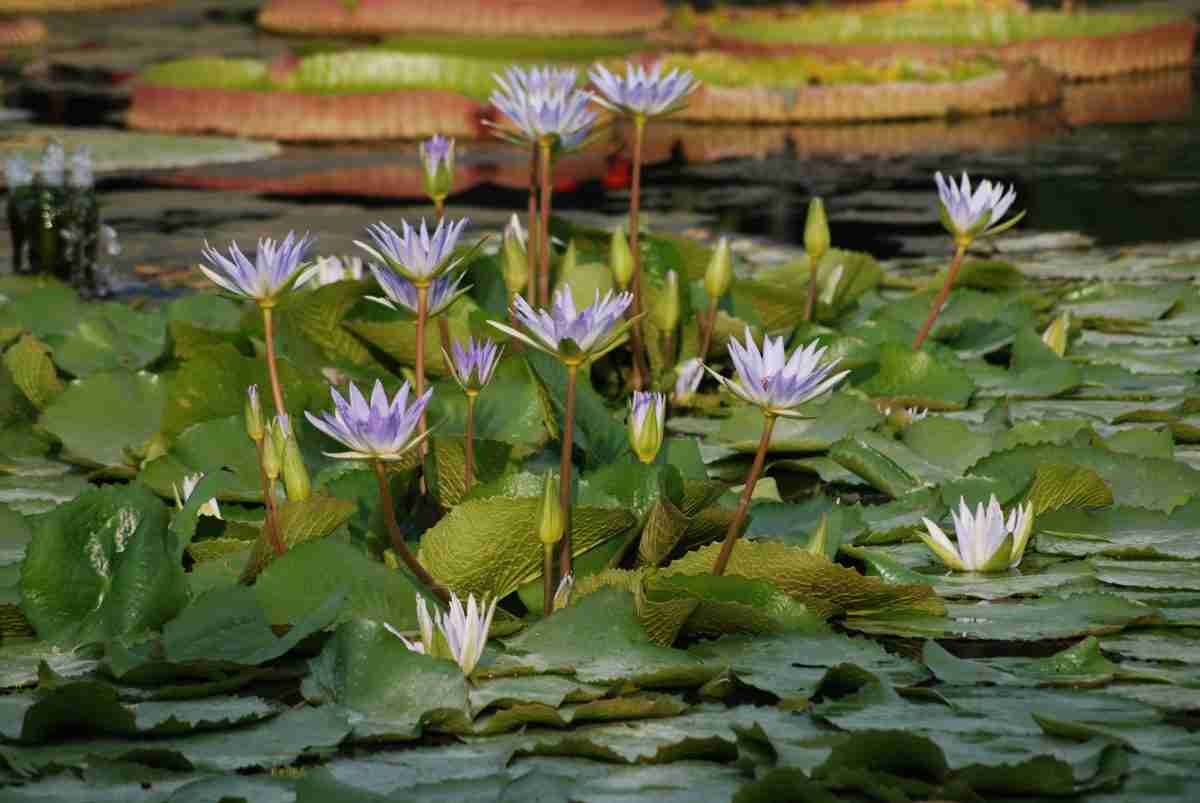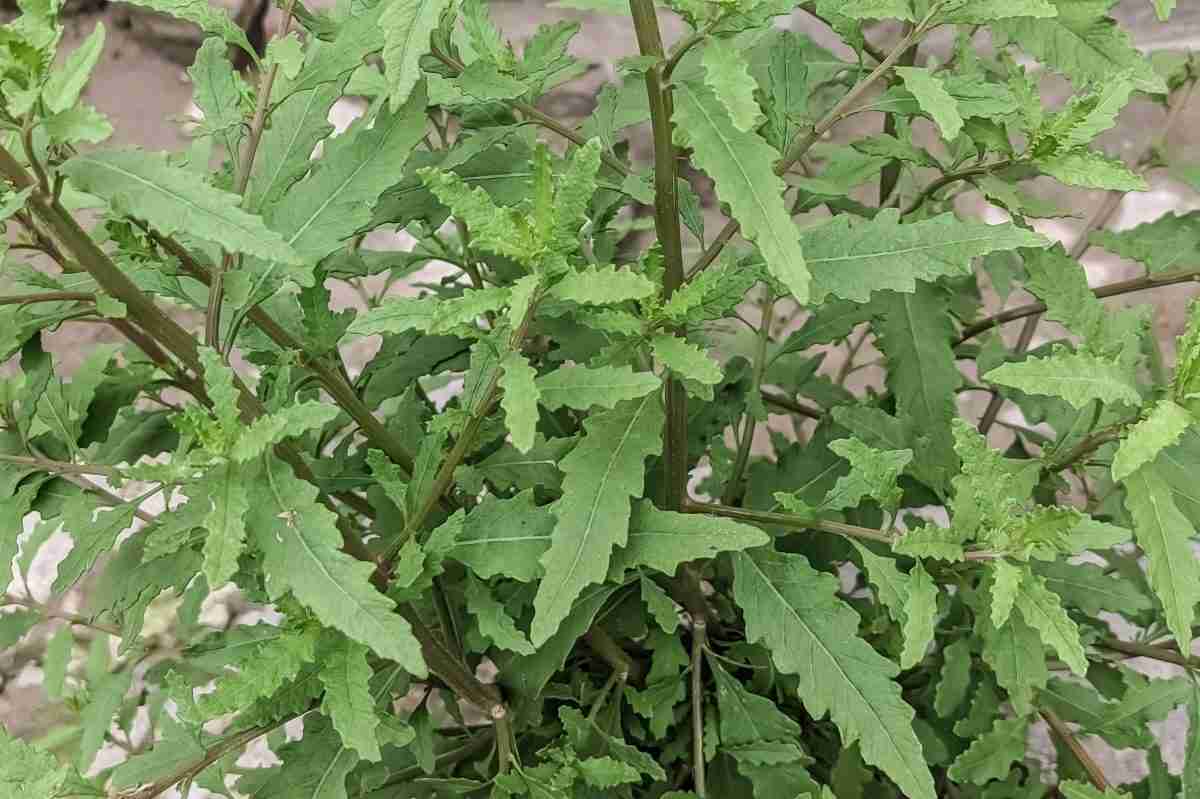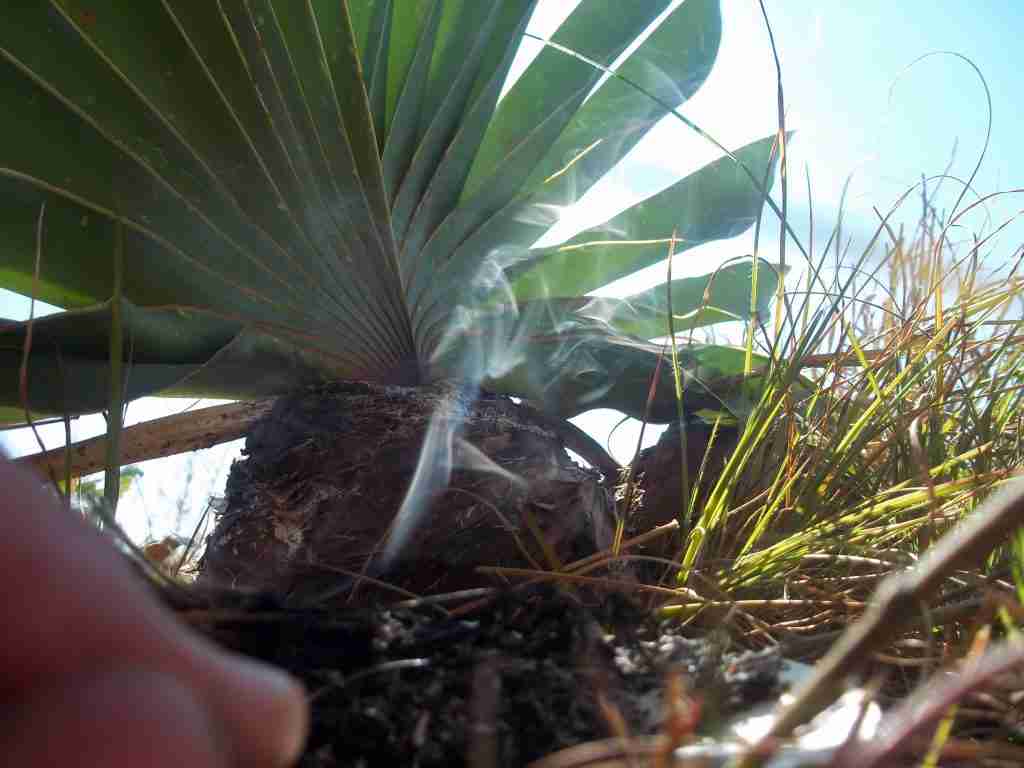Most people whom I tell I am an ethnobotanist have a perplexed look and “say what is that?”
Yet ethnobotany – the study of the relationship between people and plants – affects our lives minute to minute. From the food we eat, to the teas and tonics we drink, incenses and essential oils we use to relax – all come from plants.
Thus, plants are working behind the scenes in our lives; day to day we rely on them for health and wellness, but many of us have forgotten their important role because most of us moderns no longer grow or gather our own plants for food, build our homes or make our own furniture from trees, or take psychoactive plants for religious purposes like our ancestors did. So in this way we have become disconnected from nature and plants. This is where ethnobotanists do important work.
We ethnobotanists often visit and live with traditional indigenous societies and record how people use plants for medicines, foods, crafts, cosmetics and so on, for application of that knowledge into, for example, making supplements and medicines, incorporating new plants into our diets and growing plants to beautify our gardens and homes.
Plants were always going to be a part of my journey: I had a passion from a young age to be a herbalist and later experienced a life path transformation with ayahuasca, going abroad to explore shamanism in the Amazon, traditional Chinese medicine (TCM) in London and, finally learned South African traditional medicine through a Northern Sotho healer. To know healing plants was – and is – a calling in my life and to teach about them, equally so.
While studying for a BSc in botany and zoology at Wits University, I became interested in plants that have uses for treating and healing the nervous system and those that are used for visionary purposes in shamanic societies around the world. This led me to study plants such as ayahuasca, San Pedro cactus and psilocybe mushrooms from the Americas. I was fascinated how these psychoactive plants and fungi could open awareness to such profound levels as they do. It is known that visionary plants have played an important healing role in shamanic societies for thousands of years (San Pedro cactus use has been dated as far back as 3 000 years in Peru) and on the African continent psychoactive plants were used as catalysts in inducing trance states and healing dances amongst the San bushmen.
Psychoactive plants are generally a misunderstood subject in western society. We often associate the word psychoactive with harmful drugs like heroin and cocaine, yet the fact is that most of the foods we eat are psychoactive in that they subtly affect our mood. A psychoactive substance is, by definition, any substance that affects how we think, feel and act! Examples of common psychoactive foods and beverages include milk, chocolate, coffee, valerian and chamomile, all being subtle- to mild-acting psychoactive foods and drinks. Even rooibos is psychoactive. Rooibos has flavanoids (the red pigments giving it its color) that cross the blood brain barrier and exert a direct relaxing effect on the nervous system! So we are self medicating with psychoactive plants all the time. A fact is there is a sliding scale from subtle-acting to strong-acting psychoactive plants and that, with the correct use and intention, these plants can be used as medicines.

My journey to explore southern African psychoactive plant use began around 1998 when, being already interested, well read and having experimented with the use of visionary psychoactives such as Amanita muscaria; the toadstool mushroom, San Pedro cactus and psilocybe mushrooms, I asked myself the question, were the izangoma (the traditional spiritual healers or diviners in South Africa) utilising such plants and fungi in their healing and divination practices. The literature such as Plants of the Gods by Schultes and Hoffman stated that Africa was poor in psychoactive plants. This didn’t make sense to me as we have such rich cultural traditions in South Africa and equally rich plant diversity.
This led me to begin an extensive literature review that took me to visiting the University of the Witwatersrand, where I reviewed old, dust-covered African ethnographies in the William Cullen library basement from the 1930s. I found, scattered throughout the ethnobotanical and anthropological literature, forgotten with time, mentions of African magical plants used by initiates to ‘cross the river’ of consciousness. In this reviewing of this literature I picked out any mentions of plant medicines that had an action or activity on the nervous system: That is to stimulate, sedate, improve memory, facilitate divination, cause visions or induce dreaming. I spent months doing this work that was an amazing adventure. I felt like a kid in alchemical candystore. Thus began a long and rewarding journey to research our African psychoactive medicinal plants.
One of the most inspiring papers I found that really made an impression on me was the accounts of a priest named Father Laydevant and his 1932 paper: Religious or sacred plants of Basutoland.
In this classic paper Laydevant explored the internal use of plants in the initiation of Sotho diviners, many of which he indicates as having possible psychoactive effects. Laydevant described various plants that were used in special ‘horn medicines’ – medicines that are kept in animal horns worn on the person, that he suggested were psychoactive. Some of the species mentioned and identified I recognised as having psychoactive uses in South American shamanistic traditions that included, for instance, from Sobiecki (2008): “Cyperus fastigiatus, mothoto (Sotho) is used as a whole plant ingredient of a special horn-medicine used in the Sotho diviners initiation ceremonies, while Cyperus species are used in South America as hallucinogens by the Jivaro Indians and as admixtures in other hallucinogenic brews, by the Yagua Indians of the Peruvian Amazon. Cyperus species are known to be used in love charm medicines in the Amazon and exert their effects most likely through the indole alkaloids they contain.”

Another interesting mention by Laydevant is that of Myosotis afropalustris – sethuthu (Sotho), lephukhuphukhu (Zulu) – one of the forget-me- nots, that is used by the Sotho for treating hysteria and in the training of indigenous healers to develop their memory (Watt & Breyer-Brandwijk 1962). With ingestion, this plant has been reported as producing a mildly stimulating ASC that Sotho diviners use to divine with. It appears that Myosotis has a significant use in Lesotho for opening up the diviner in a way that MDMA (Ecstasy) does – what is called an entactogen. This, I learned through personal experimentation, is also what the flowers of the blue water lily, Nymphaea nouchalli, that produce an opening of awareness and a slight euphoria, are used for by South African diviners. It is reported that the blue water lily was used as a narcotic in ancient Egypt, as part of their shamanistic practices (Emboden, 1989). Thus blue water lily has psychoactive uses spanning from the north of Africa to southern Africa. Could this plant’s uses have spread with the diviners across the continent? It is very possible.

One of the most exciting discoveries for me was seeing patterns emerging of the same plant species being used in both the southern Africa diviners and in South American shamanic societies’ initiations, which cross-validated their psychoactive uses for the same consciousness healing purposes! Examples include Chenopodium ambrosiodes, that has uses in both cultures for awareness opening, Maytenus species that are similarly used to strengthen initiates and the use of Eleutherine bulbosa that has mind opening properties. I knew I was onto something when I saw these similar cross-cultural uses – and then entire categories of plants being used in the same way for the same purposes across the regions!


What I found from months of doing the literature review was over 300 species being reported as having various uses from treating convulsive conditions like epilepsy and mental disorders, through to those used to relax, enhance memory and open up dreaming.
Interviewing traditional healers was an interesting experience. I began my search in my green VW beetle in the nearest location, Kathlehong. Having a researcher’s mind, I collected detailed notes with names, dates, accounts and filed these – that I still have today. I found the healers through telephone directories and through word of mouth, asking people where I could find them. With a lot of passion I went about my work of ethnobotany. I explained to the healers I met, my intention with the research and some of the healers were interested in helping while others were not. I was soon to learn that some plants were initiation secrets, whose identity was not to be revealed and I was happy to respect that.
No sooner had I spent some time in Kathlehong, did I learn that people visited sangomas (diviner healers) to have visions from using the San poison bulb or Boophone disticha, a particularly toxic-acting visionary plant that I should mention should not be experimented with because of its very narrow poison-to-medicine dosage margin. Its internal use has proved fatal in many cases. This plant is administered by specialist healers who know how to work with the plant, what dosage to use and with many years of experience. The plant is employed as a divinatory aid and as a sedative to hysterical patients. This plant was considered a sacred plant by the Khoi San people and was used as a hunting arrow poison. The fibrous scales are also used as a circumcision dressing among the Nguni-speaking people.
While doing the research I found that a large percentage of the plants with reported psychoactive uses were used for their roots – which meant that the local African population experimented with digging up and using the roots of trees, shrubs and herbs for medicines. It is indeed underground where so many chemical reactions occur at the site of roots where fungal mycelia (networks) commence an intricate web of communication. It is underground in roots where we should be looking for interesting new psychoactive compounds.
With all these findings it became clear to me that psychoactive plants are an indispensable part of the African healer’s repertoire and that there was likely a lot of cultural and botanical exchange between the Khoi San and the Nguni, who learned about psychoactive plants from the more shamanistic San.
What I also became aware of during my field work was that traditional healers employ a sequence of psychoactive plant medicine categories in order for an initiate to learn and grow through a process of healing in the South African traditional medicine system. Details of this process are elaborated in the paper (Sobiecki, 2018), but in summary, there is a progression of medicines that are used in initiation beginning with 1) cleansing medicines to let go of the past and prepare the body and mind for gaining new knowledge, then 2) mind-opening medicines that allows for familiarisation with new behaviours and learning, then 3) relaxing-strengthening medicines to help anchor the new knowledge and to relax and then 4) protection medicine to help fortify the initiate. These categories are similarly used in the initiation of both South American and southern African traditional healers, that I have hypothesised, points to a cross-cultural technology of using psychoactive plants as a tool for psychological learning and growth. This demonstrates that traditional medicine is not unsophisticated, as is often portrayed in western media, but can be highly complex.
Details of how traditional healers understand and use psychoactive plants to heal mental illness in Africa are sorely lacking and with each passing generation more of this orally transmitted knowledge is lost, with either the dying of healers or the lack of interest among the younger generation, who fail to learn from their parents or grandparents.
Africa is indeed the cradle of psychoactive plant use and so much can still be learned, understood and appreciated. Urgent work that is greatly needed!

Jean-Francois Sobiecki BSc. Hons. EthnoBot. (UJ)., Dipl Clin Nutr. (Aus) is a South African ethnobotanist and herbalist healer with a private practice in Johannesburg. He offers online courses on ethnobotany, herbalism and South African medicinal plant use: http://phytoalchemy.co.za/faq/ medicinal plant mentoring and plant safari tours in Johannesburg. Contact details: phytoalchemist@gmail.com
References:
Sobiecki, J.F. 2008. A review of plants used in divination in southern Africa and their psychoactive effects. South African Humanities. 20: 333–351.
Sobiecki, J.F. 2018. Psychoactive Plant Medicines as Perturbatory Learning Tools in the Initiation Process of South African and Upper Amazonian Traditional Healers. In: Ethnopharmacologic Search for Psychoactive Drugs II: 50 Years of Research, Conference Proceedings.
Watt J.M, Breyer-Brandwijk M.G 1962. The Medicinal and Poisonous Plants of Southern Africa. 2nd Edition. London, England: Livingstone.

